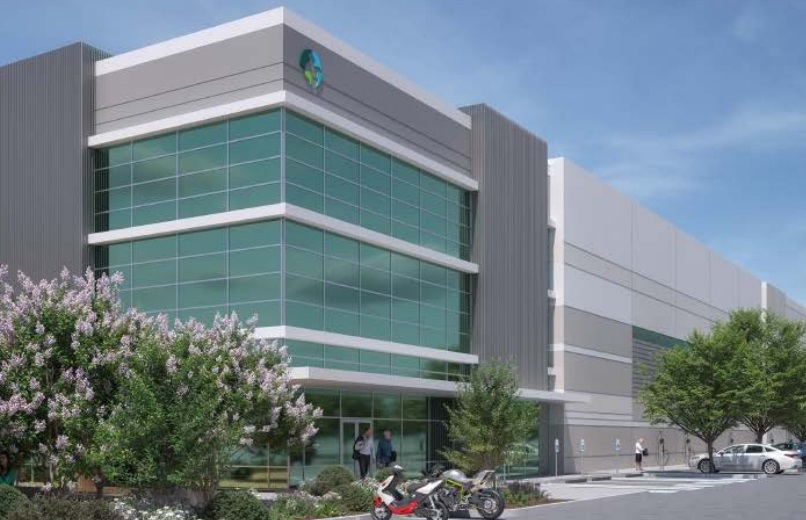SAN JOSE — A big industrial complex in north San Jose that could accommodate hundreds of jobs if it’s built has won final approval by the city.
The proposed warehouse and industrial hub would be developed at 2256 Junction Avenue in San Jose, according to documents on file with the city Planning Department.
Related Articles
South Bay office building deals attract veteran real estate investor
Second Harvest gets OK for new San Jose HQ and warehouse hub
Union City apartment property purchased well below assessed value
Downtown Oakland hotel taken back by lender due to delinquent loan
Affordable apartments could sprout on empty San Jose lot near downtown
At least one other major new project is being planned for the area, notably Super Micro Computer’s proposal to create a new tech campus on the site of the former Fry’s Electronics warehouse store at 550 East Brokaw Road in San Jose. Potentially thousands could work on the site at full development.
As for the 2256 Junction site, an estimated 250 people could work at the new industrial and warehouse building, once it’s complete, city planning documents show.
the San Jose city officials gave final approval to the project during an April 2 planning director’s hearing.
San Francisco-based real estate titan Prologis is heading up the development of the 2256 Junction project. Duke Realty, a Prologis subsidiary, owns the project site.
The warehouse, logistics and industrial center would total 276,000 square feet. It would occupy a 13.7-acre site near the interchange of Interstate 880 and Brokaw Road, according to the Prologis proposal.
Prologis intends to demolish an existing industrial building totaling 141,500 square feet to clear the way for the project. The real estate titan aims to plant about 162 trees on the site, the project plans show.
A precise timeline for the project’s construction wasn’t immediately known.
Amazon, Home Depot, FedEx, UPS, Geodis, NFI Industries, DHL, Lululemon and GigaCloud were the largest Prologis tenants as of the end of 2024, Prologis stated in a February 2025 regulatory filing.





